Anfiteatro Flavio (El Coliseo)
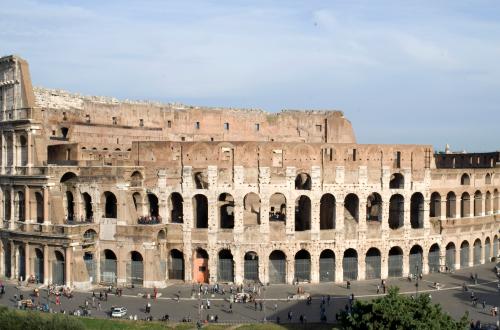
 Condividi
Condividi
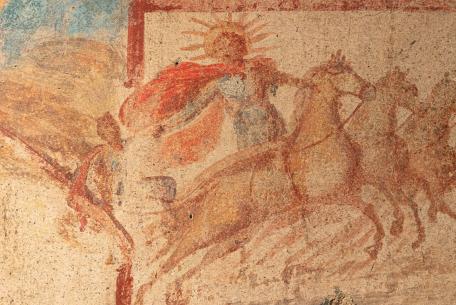
En el pleno centro de Roma, hay un lugar muy misterioso y encantador de carácter mágico: es el Mitreo Barberini que en el año 1936 apareció casualmente en el sótano de la Palazzina Savorgnan di Bra
[...]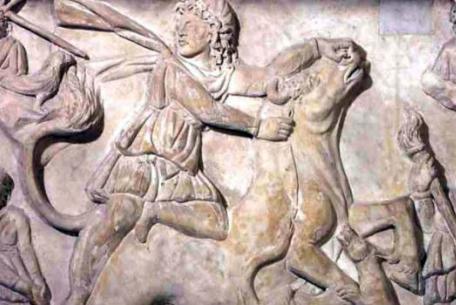
The mitreo was discovered in the thirties during the building of the set storage facility for the Teatro Nazionale dell’Opera.
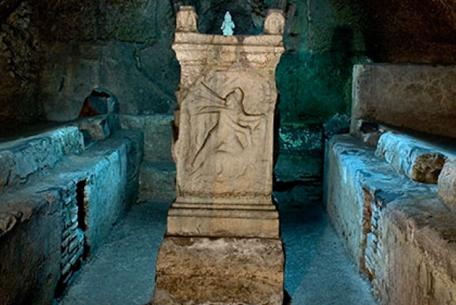

El Mitreo fue descubierto casualmente en 1934 bajo la Iglesia de Santa Prisca por los Padres Agustinos; para c
[...]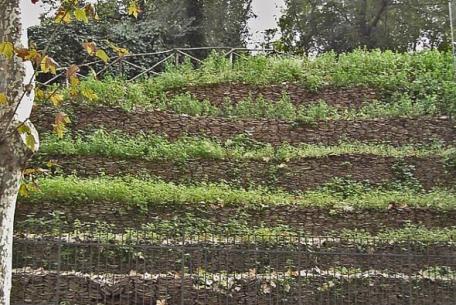
El Monte Testaccio, más conocido como el Monte dei Cocci, está ubicado en el barrio de Te
[...]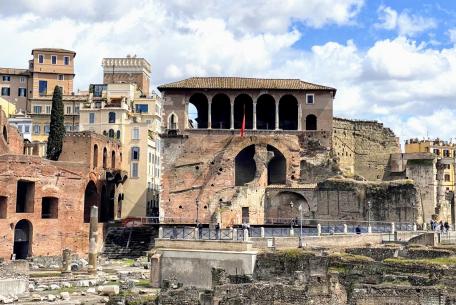
Places and sites of historical, cultural and artistic interest, the monuments of the territory of Rome include historic buildings
[...]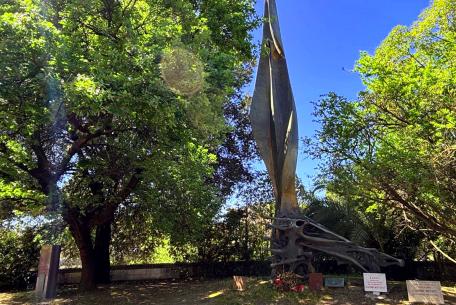
Político y periodista, diputado en varias ocasiones y secretario del Partido Socialista Unido desde 1922, Giacomo Matteotti fue atacado por un escuadrón fascista en el lungotevere Arnaldo d
[...]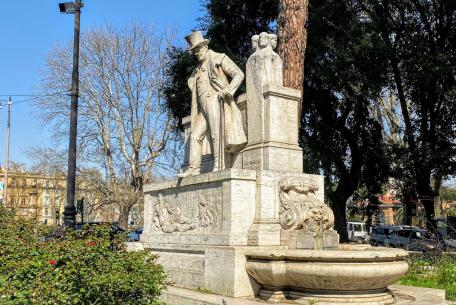
“Nun fuss’antro pe ttante antichità
bisognerebbe nassce tutti cquì,
perché a la robba che cciavemo cquà
c’è, sor friccica mio, poco da dí”
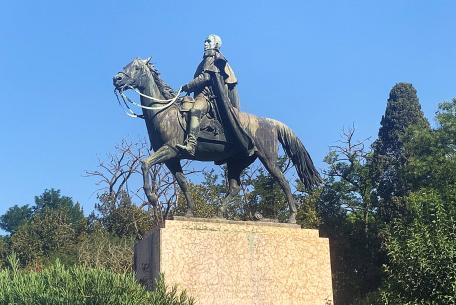
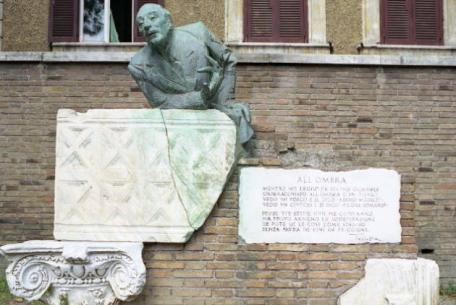
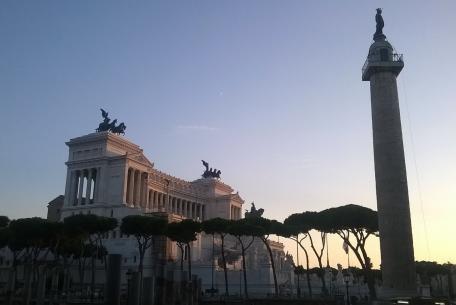
En 1878 el Parlamento italiano decidió dedicar un monumento nacional al recientemente fallecido soberano Vittorio Emanuele II.
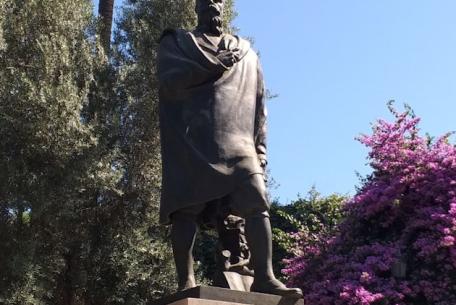
La estatua de bronce representa la severa figura de Alfredo Oriani (Faenza 1852 – Casola Valsenio 1909), hombre de letras e historiador activo desde la década de 1870 hasta 1909, a
[...]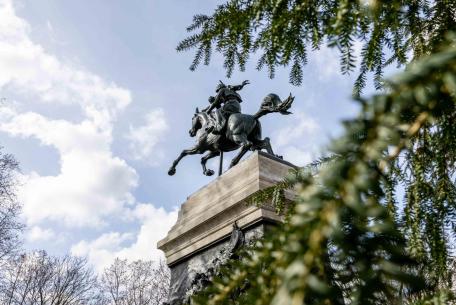
La idea de erigir un monumento en el Janículo dedicado a Anita Garibaldi se remonta a 1905, con la in
[...]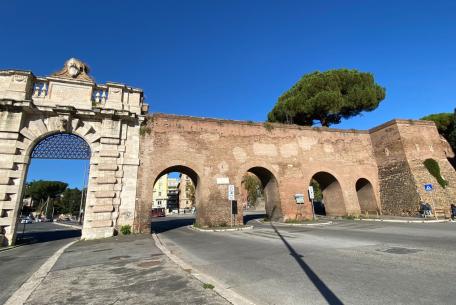
Las antiguas Murallas aurelianas aún rodean el centro histórico de Roma.
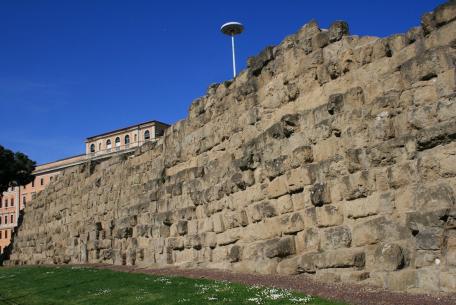
Estas murallas deben su nombre a Servio Tulio, sexto rey de Roma y del que se dice las construyó a mediados del siglo VI a.C.

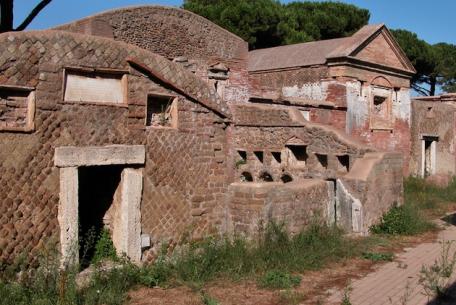
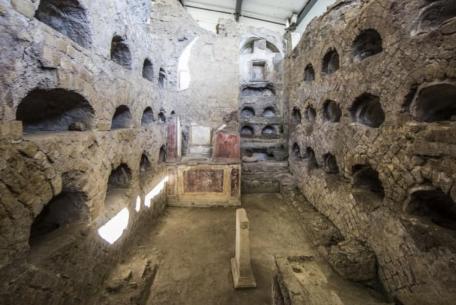
En la zona comprendida entre la Rupe di San Paolo y la curva del Tíber, se concentraba una gran n
[...]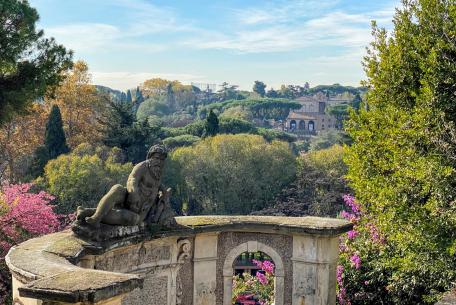
Villa Celimontana es uno de los parques históricos más queridos por los romanos.
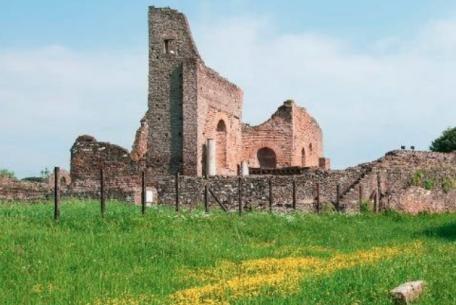
El monumental ninfeo de dos pisos, que da a la Via Appia Antigua, constituía la entrada real a la
[...]

En 1962, durante la construcción de los edificios que albergan el actual archivo del Vicariato, se descubrieron los restos de un pequeño ninfeo de época ro
[...]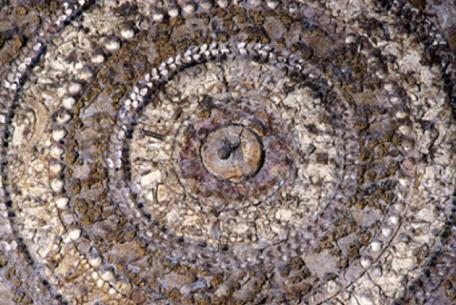
En 1895, durante las obras de construcción en la via degli Annibaldi, se descubrió un ninfeo (fuente monumental) que data de entre finales del siglo I a. C.

 Condividi
Condividi

 Condividi
Condividi
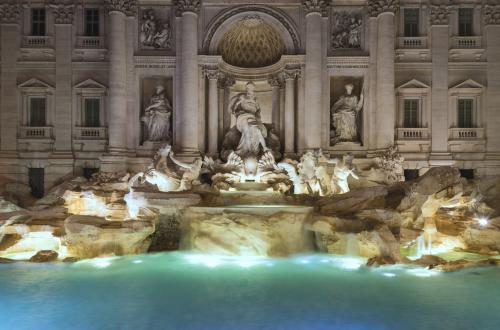
 Condividi
Condividi
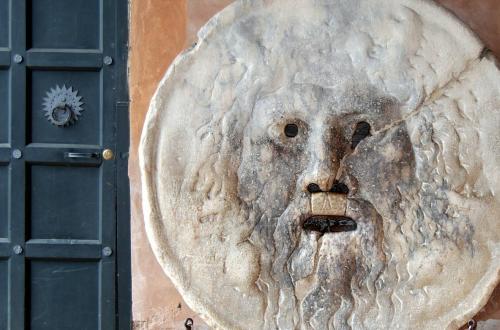
 Condividi
Condividi
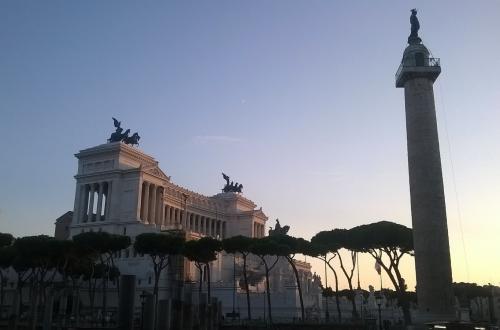
 Condividi
Condividi
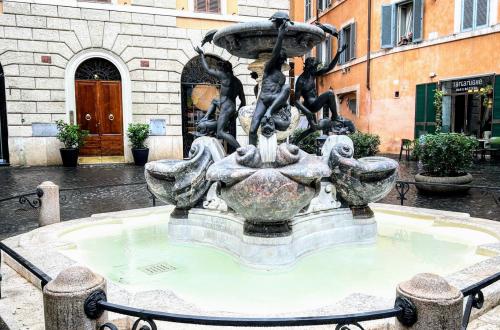
 Condividi
Condividi
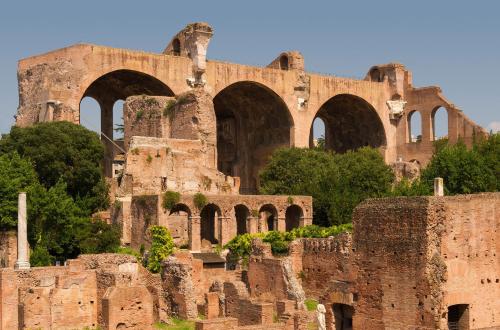
 Condividi
Condividi